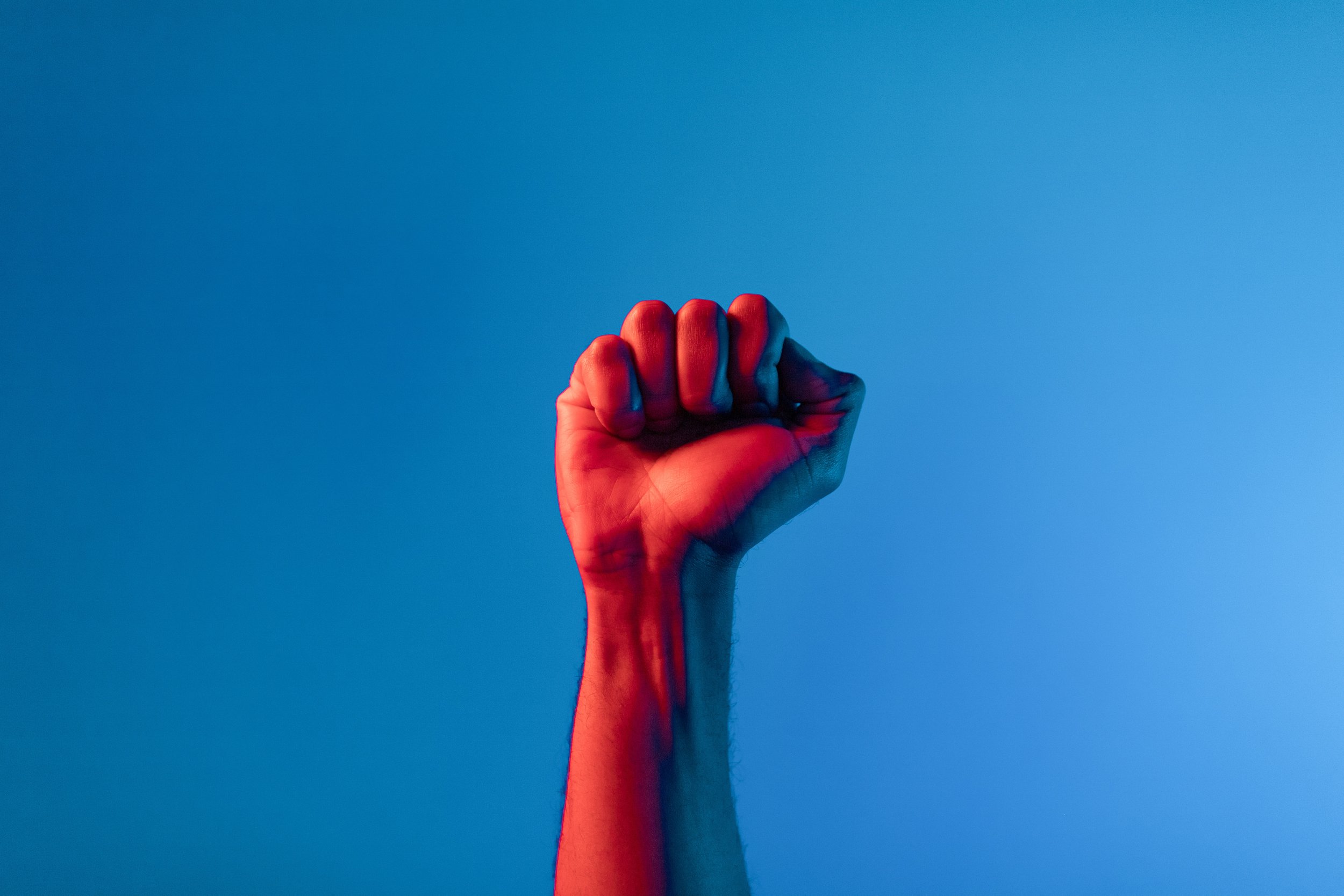Men’s Rights Movement: The Longstanding History of the Countermovement to Feminism
Photo by VAZHNIK
In a previous episodes of Modern Manhood we discussed the 1900s to set the scene for men’s involvement in the suffragette movement, and the powerful yet short-lived Men's Liberation movement. Now now we’re moving on to the more recent wave of the Men's Rights Movement.
BY GERMAN VILLEGAS
The Men’s Rights Movement.
For a period of time, when people heard of a bunch of guys talking about gender, Men’s Right Activists or MRAs were usually the first thing they thought of. Regardless of what we think about Men’s Rights Activists (and trust me, I have a lot to say about them— and usually nothing good), they have been part of the men’s movement for over a hundred years now.
What is the Men’s Rights Movement?
The Men’s Rights Movement (MRM), spearheaded by mostly men, are a mobilized group connected by their concern over perceived social and institutional structures that discriminate against men and boys. The most common grievances for Men’s Rights Activists (MRA) include family law (specifically child custody and alimony), reproduction rights and access, domestic violence against men, circumcision, conscription, education, suicide, and health policies.
These grievances that energize the Men’s Rights movements can be traced back all the way to 1886, when Putnam’s Monthly, a magazine about arts, literature and politics, published an article titled “A Word about Men’s Rights.”
The Putnam Monthly article was seminal because it put a name to some men’s feelings and a sentiment that goes on to this day. Namely that a women’s call for rights was good, but it has “gone too far.”
“Putnam is for reform. Putnam is for progress. Putnam is for woman’s rights; but also for man’s rights—for everybody’s rights; and, in that spirit, we are going to offer a few hints to our legislators, whose vaulting zeal, on behalf of the ladies, seems a little in danger of overleaping itself, and jolting on t’other side. It is well to stand straight, but not well to tumble over backward, in attempting to do so”
Putnam’s Monthly article laid out the beginning of general complaints for MRA’s for decades to come, namely: the unjust obligations of a husband, inaccessibility of divorce, and so-called misandry (prejudice against men). However, it also demonstrated that MRAs and the Men’s Right Movements had all set their targets to one thing and one thing only: feminism.
Men’s Rights Movements & Feminism
MRA’s steadfast vitriol against women and feminism is what separates MRA movements and the rest of the men’s movements. MRA’s targeted toxicity and blame towards feminism poured gas on the anti-feminist movement, leading not only to harassment and doxing campaigns but many tragedies.
Unfortunately, the modern version of it also started from an unlikely source: A prominent feminist turned MRA named Warren Farrell, who once used to be a member of NOW or the National Organization of Women and was friends with Gloria Steinem. Ferrell’s book, the bestseller “The Myth of Male Power,” is referred to as the MRA bible after leading thousands of men to turn to the MRA cause because of an argument around child custody. A cause that even the earliest MRAs would be energized with.
The story of how Farrell turned his back on feminism is interesting and a lesson in how toxic masculinity and individual ego can taint even the staunchest feminist. Farrell’s claims that he has been fighting for men when he turned his back on feminism cannot be uncoupled by the fact that Farrell was facing his own divorce at the time. Especially when you consider a quote like this:
“I began to see men’s vulnerability in other ways. After divorce, a man is ten times as likely to commit suicide as is the woman. Why? Women are more likely to have the children — someone to love them and need them. People who feel loved and needed rarely commit suicide.”
Farrell came out of working with second-wave feminists with personal grievances and a zero-sum game mindset. The rights given to women were somehow rights taken away from men. Therefore Farrell’s story is a powerful reminder to not think of gender equity as a battle of the sexes but as a movement to help everyone.
However, the MRA movement was not just Farrell; it was the National Organization of Men, Free Men Inc, and the National Coalition of Men, among others. The latter is an organization that Betsy DeVos met with during the Trump presidency.
The MRA movement had a lot to do with aggrievement, male entitlement, and putting women in double binds. Creating arguments that women could never win, and through it highlighting men as victims.
Their history is important to note because we need to understand their arguments and realize that the answers they look for are held through the systemic issues that patriarchy has given us. But their start and their continued presence, I will note, has made it dangerous not only for feminists but for women themselves.
Listen to Modern Manhood’s recent podcast episode, The Myth of Male Power, for a breakdown of the Men’s Rights Movement’s most popular and hateful rhetoric and its most infamous tragedy.
German is a community developer by work, educator by trade, podcaster by hobby, systems thinker by thought, and a laugher by heart. He's an immigrant that's lived in Canada for 30 plus years, and has been involved with ideas around gender since 2013 mostly involved with Men Edmonton and with producing the Modern Manhood podcast. You can talk to him about rap music, the 2006 Oilers, and why everyone should listen to Raewyn Connell. He joined the Next Gen Men Board in 2020.


